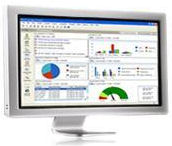JOHN COSMAS
Program Manager
home | practice & experience | representative work | portfolio | contact | site map | find
![]()
|
|
|
|
|
|
|
|
|
| |||||||||||||||||||||||||||||||||||||||||||||||||||||||||||||||||||||||||||||||||||||||||||||||||||||||||||||||||||||||||||||||||||||||||||||||||||||||||
|
|
TrialWorks began as a small company who has since engaged many enterprising firms, academic and research institutions. The recent interest shown by utilities and other organizations alike gave rise to the implementation of formalized project management methodologies which offers a more structured and organized means for engaging professional organizations, and institutions who adhere to compliance and regulatory requirements. Formalization extends specifically into testing, which was previously unavailable, and now offers the ability to qualify a range of core, interoperating, interfacing products. It also addresses the various platforms and configurations engaged throughout the vast customer base. The resulting set of instituted processes offered the sales team further assistance in determining the capabilities of the consumer and to establish an environmental readiness to operate with TrialWorks. Both planned and unplanned activities are also properly scheduled, while migration activities are carefully integrated into a schedule that reflects a strategically planned model that is focused to drive the entire organization into a highly efficient and progressive solutions provider.
In response to a wide demand for attorneys, remote personnel, business partners and third-party vendors to operate in TrialWorks, the TrialWorksWeb application was developed to extend the TrialWorks application to the web sphere. This allowed traditional and unconventional users to use the TrialWorks program from the browser and enjoy many of the contemporary services of TrialWorks. All of the functional areas required to service a case was reproduced in the ASP.NET application, which helped the contemporary user to enjoy many of the features at the office while on the road. A new feature that proved to most helpful was the document converter which allowed the user to receive and review the collection of documents for the entire case into a consolidated file designed to ease portability and exchange. This feature converts all existing documents into a PDF format that is small and easily updateable whenever a case document is changed.
The design of the ASP.NET solution took into great account the consumption of memory, functionality and user heuristics. Therefore, the list of cases are specific to each individual user, and the SESSION objects were derived from the APPLICATION object to retain integrity and reduce the overhead of typical data management issues such as record-locking, overwrites and consistency checking. The added SSL security ensured protection across the web, while Internet Explorer centric design ensured interoperability and ease for the general public user.
Some other features included into the design were:
The single tabbed interface allows the user to access all the various data panels in TrialWorks. To ensure full support for the application to users by the firm, a messaging console was constructed. The same messaging console is used to support messaging between users, case contacts and the firm personnel. The accompanying customer contact list is configurable per installation. To maintain the memory size and operability for the user, the case list can be limited to the user specific case collection and the added FAVORITES feature that allows a streamlined view of their most critical cases. All of these incidental features may be managed through the conventional MY ACCOUNT console, which also accommodates a MY TASK and statistics that resembles more a DASHBOARD for quick and easy access to all case relevant information and operational data. The MY TASK console serves to communicate to the user the need for specific responses initiated by the office or firm. Task may include execution of reports, messages, data input or to complete questionnaires. In conjunction with the new docConverter function, the MY DOCUMENTS feature allows for rapid access to case documents that have been compiled into PDF format. Since the compiled format is stored on the server, it reduces the need to recompile case documents unless an update occurs. In most cases, the compiled documents would be easily retrievable as soon as a hyperlinked reference is requested by the user. SECURITY was overcome by using templates that enabled security to lock out users out of sensitive or critical operational areas. This serves the various user types by granting or limiting access to functional areas of the program, retaining both integrity and access to protected information. To reduce overhead and costs, the showcase version of this application was deployed into a WINDOW XP VIRTUAL PC environment which provides an independent platform to demonstrate the small footprint, and low consumption of the deployed and fully operational solution. This all-in-one solution proved to serve the betterment of both internal, external and third-party users with both contemporary and enhanced features designed for the best performance on the web.
This console was designed to consolidate all security, administration and management features in support of the TrialWorksWeb solution. It keeps the application secured and out of the reach of web users, while performing many of administrative needs such as user setup, security configuration, document management and to view user statistics of web users. This application established the proof-of-concept for future implementation of the TrialWorks application as it sought a departure from the MS Access client interface. Some of its functions include:
This highly-functional tool is capable of administering the TrialWorks framework collectively - which includes the database, IIS Server, SQL Server, Exchange Server and backup services, or to serve as a single interface to administer a number of databases located across the customer enterprise by leveraging enterprise connection manager that resembles the functions of the native Enterprise Manager. This design feature provides administrators a collective view of server, database and application states without the use of external third-party programs or tools which is often proved to be cumbersome.
Many of the business partners that would often provide cases to TrialWorks firms did not have the capability to import cases directly into TrialWorks. This new TWEDITOR application was created to import cases and perform enhanced operations that are not available in the TrialWorks program. Designed to operate using MS Access, this application enables users to connect across various TRIALWORKS databases to emulate the ability to navigate various offices or operations. Here is a complete list of custom functions coded into this program:

The importer routine was designed to validate the data prior to generation of a case. The importer also features the ability to automatically generate case file numbers based on the LIABILITY type, which proved to be a very useful solution especially when importing a large volume of cases. The template based importer also allows specific case patterns to be serviced which depends on the type of information made available from third-party firms, business partners or from data recovery activities. An added feature called the CASE NUMBER GENERATOR contains the intelligence to evaluate the LIABILITY types and assigns case numbers without user intervention. The embedded validation routines ensures data integrity, standardized names or terms and maintenance of forms to enforce consistency that is often compromised during imports from external or unmanaged sources. Another helpful feature that accommodates un-uniformed data present in the system is the FIND & REPLACE routine which traverses across multiple tables, and updates the data to NORMALIZE or STANDARDIZE it so nothing will seem abnormal or erroneous within the data. An improved version of the TRANSACTION LOG VIEWER is designed to allow audits and viewing of case data up to 3-levels of depth that has not been achieved with the conventional application. To ease the user in the process of operation, a simplified version of the CASE VIEWER was developed to provide quick access to underlying data parts of a case, less the operational functions so the user may assess the effectiveness of their import operations. |
|
This service evolved from a replacement of the existing corporate web site to a web service that would eventually centralize all operations that would support the TrialWorks application. The core application would consist of a web service which would serve business applications such as an ASP.NET website, TrialWorksWeb, TrialWorks Case Management and TrialWorks Administrator. Consolidating core operations into a data access layer, and business logic layer decoupled the core services effectively do that there would exist a single cohesive owner of both data and business information. This allowed all transactions, data interchange, business logic to be executed through a single portal, whereby distributing the work load amongst principal systems and keeping the much of the processing in specific areas. The model provided a modular approach to processing, but it also delivered a product that closely resembles contemporary designs that moved data, services, reporting, product updates and administration closer to the web sphere.
The principal advantage of using a web service ensured the proper management or centralization of data exchange. It ultimately reduces the number of processes against the database, but optimizes data collection, updates and improves caching based on intelligent decisions programmed into the web service that is designed to respond carefully to all of the consumer needs over time without compromising operational demands.
This new and improved platform also allows developers to test new features or enhancements effectively. The underlying test harness would provide sufficient features to capture performance data and bear testimony to problems, issues and risks in implementing changes that would otherwise impair normal business operations. Because it is highly configurable, the application harness can also serve as a test model for specific customer requirements and offer critical feedback on specific behaviors experienced in the course of a customer's day-to-day operational demands, or to accommodate anticipated needs of the near future.
This solution complements the TrialWorksWeb application by
extending the web application to the BlackBerry platform so that
mobility users may traverse the TrialWorks case management
system. This application is implemented on the BlackBerry
for Exchange platform and features many of the functions from
the TrialWorksWeb less the compiled documents function which
would normally impact the performance and usability of the
BlackBerry device by exceeding its data transfer capabilities.
Therefore, a simplified view of any case is offered to trim down
on data transfer while still allowing the mobility law personnel
to conduct operations while away from the office, and into the
far reaches of the court rooms and client offices. The
simplified model includes the following:
Using SSL technology to secure communications, the user account seamlessly arranges case, client, contact and notes information for ease of functionality on the limited aspects of the both contemporary and traditional BlackBerry hand-held devices. The use of ASP technology allowed for the application to operate with limited problems and it rapid configurability with other platforms or wide range of emerging devices that supports HTML representations.
Based on Microsoft's SQL Reporting Services, this solution was designed to facilitate the demand by customers to develop custom reports within a highly configurable environment. The underlying automation aspects of the SQL Reporting engine would also allow the user to receive periodic reports based on a schedule. While this reporting service can serve as a stand-alone service, it was also integrated with the ASP.NET web service which alleviated the further need to develop accompanying reports. It is tightly coupled with established stored procedures, view and functions that was designed to serve the SQL Reporting Service, but to also serve any other corresponding reporting service which may be integrated with the product (such as COGNOS and BusinessObjects). A security interface was designed to expose the embedded security functions in TrialWorks to alleviate the construction of a disparate service in SQL. This functionality would eventually serve the adopted DevExpress reporting tool employed by the ASP.NET service for clients defered the use of SQL Reporting Service. All of the objects developed were thoroughly tested in the SQL Server 2005 RDBMS and 2005 Reporting Service without exhibiting any problems.
Features in the reporting service include:
Designed primarily to serve the needs of emerging CaseMap customer base, this application would merge the case documentation arranged in CaseMap with the document type portfolio for the cases that exists in TrialWorks. This radically enhances the import features in TrialWorks and allows for the direct interchange of CaseMap documents into the core application with minimal intervention or administration from the user. A small measure of data transformation was necessary to allow the CaseMap information to be mapped into TrialWorks.
Features include:
Designed primarily to serve the needs of emerging ACT customer base, this application would merge the contact information gathered from ACT into TrialWorks. The information will be mapped from customer contacts, clients and notes into the SQL based TrialWorks database in the appropriate Client, Contacts and Notes functional areas. This application has imported up to 200,000+ cases in a little under 2 hours.
Features include:
The underlying code employed native MS Access and VBA to facilitate logging and to allow code to be changed easily to accommodate evolving business rules and the imported data is examined after each import exercise to determine compatibility between the system and previous business operational conditions. This ETL (Extraction, Transformation & Loading) functionality was structured explicitly to offer future opportunities for integrating existing customer databases with TrialWorks, with equal or more complex set of rules. |
| |||||||||||||||||||||||||||||||||||||||||||||||||||||||||||||||||||||||||||||||||||||||||||||||||||||||||||||||||||||||||||||||||||||||||||||||||||||||||
Privacy Policy | Terms of Use
home | practice & experience | representative work | portfolio | contact | site map | find


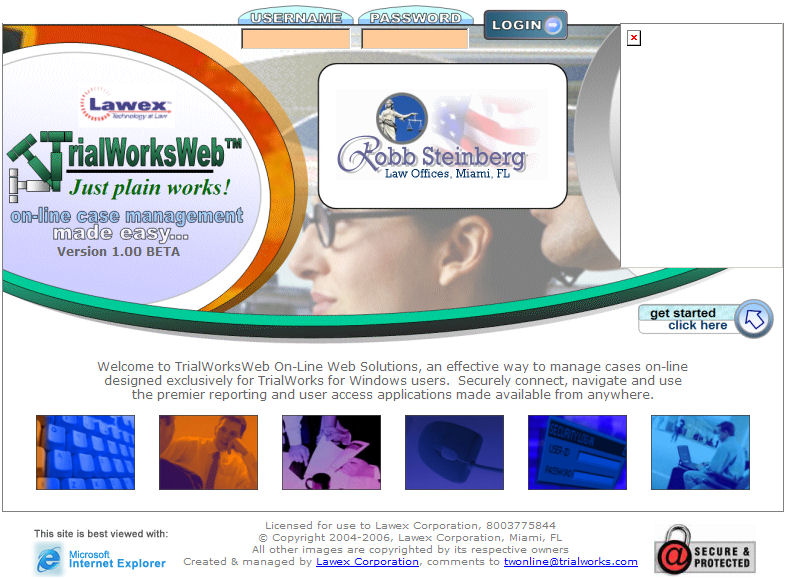

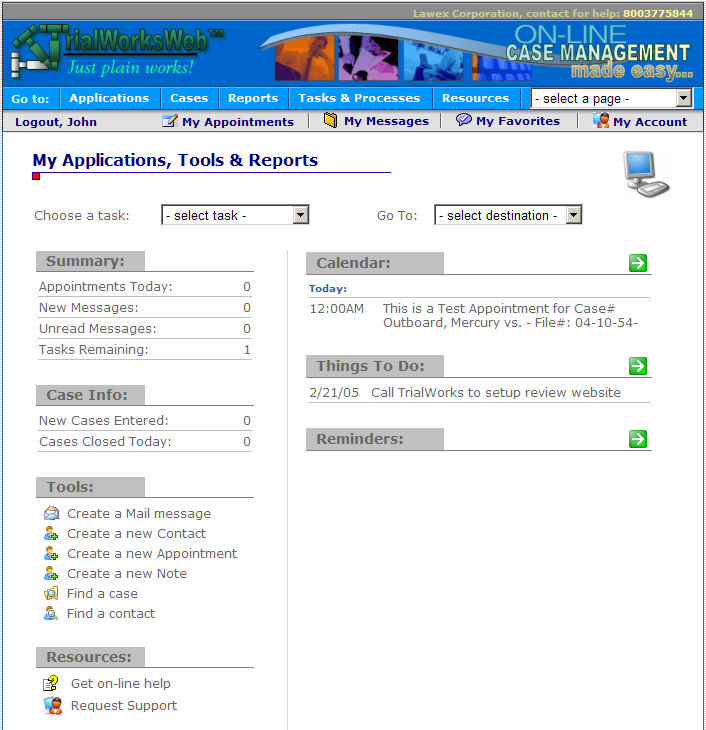
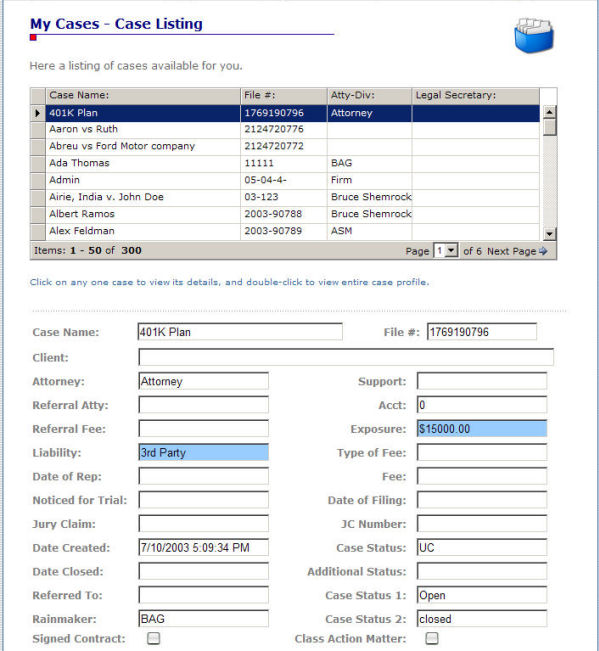
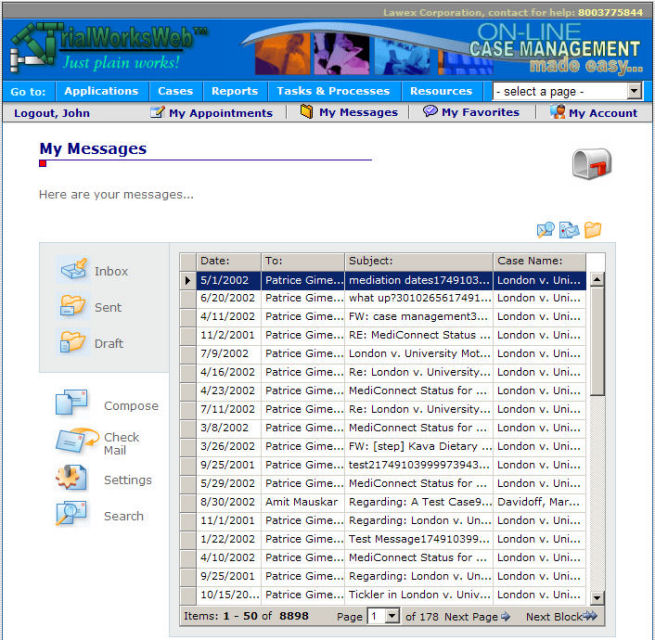
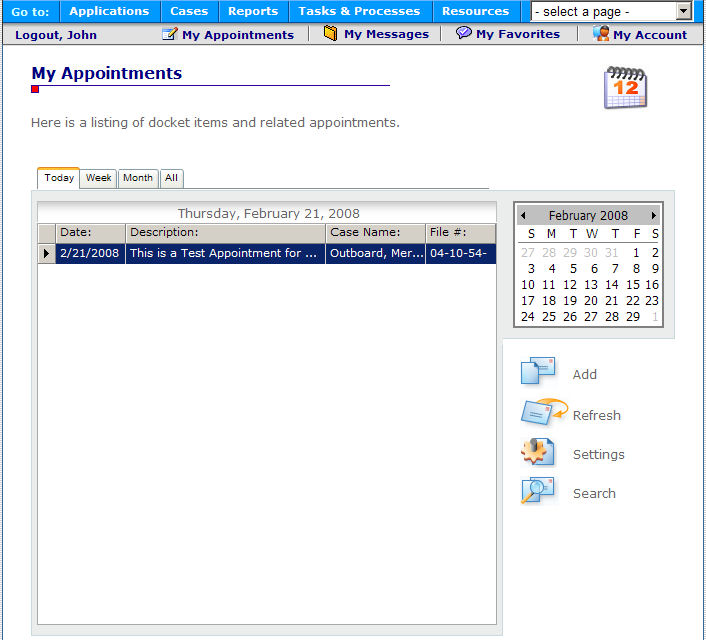
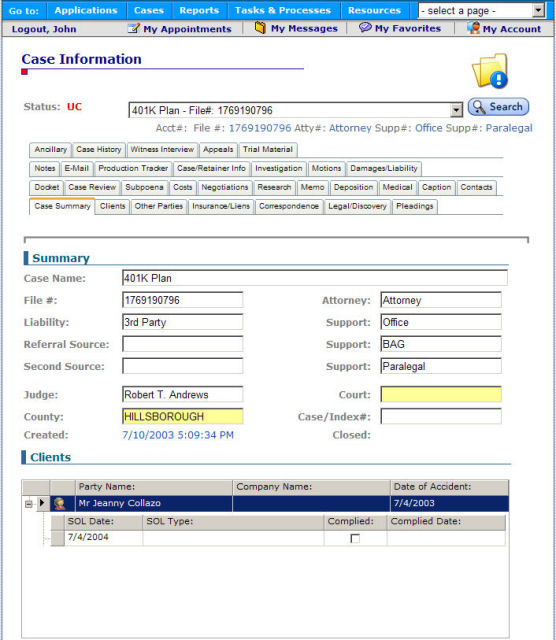

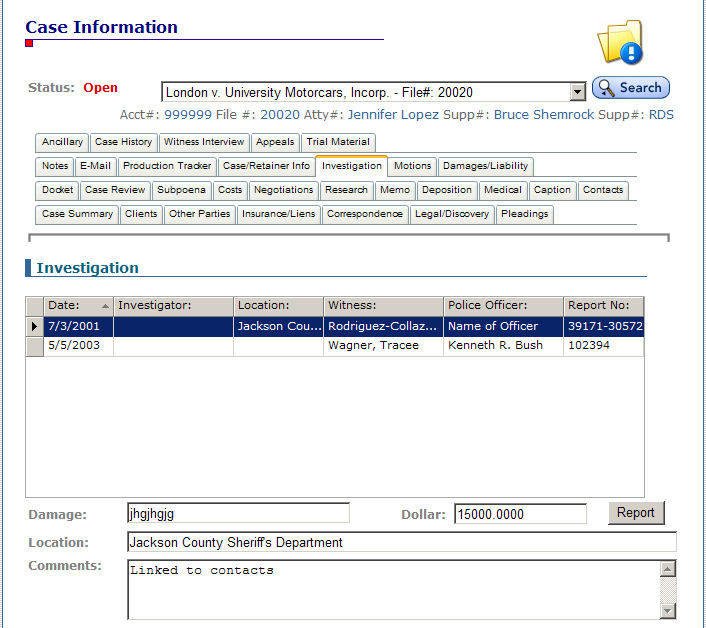
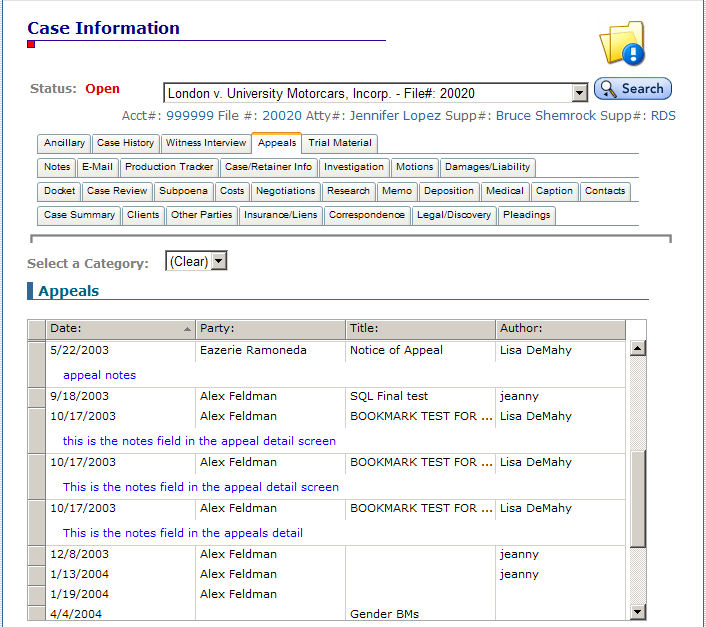

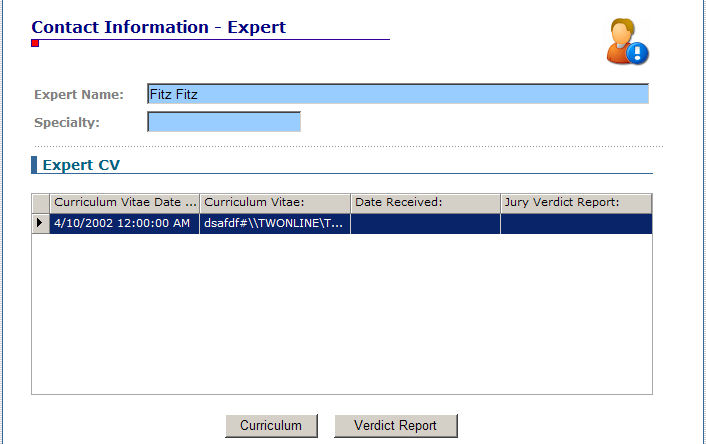
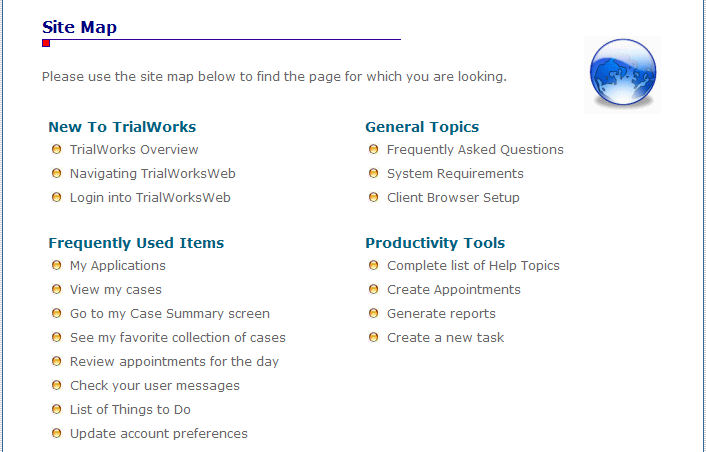
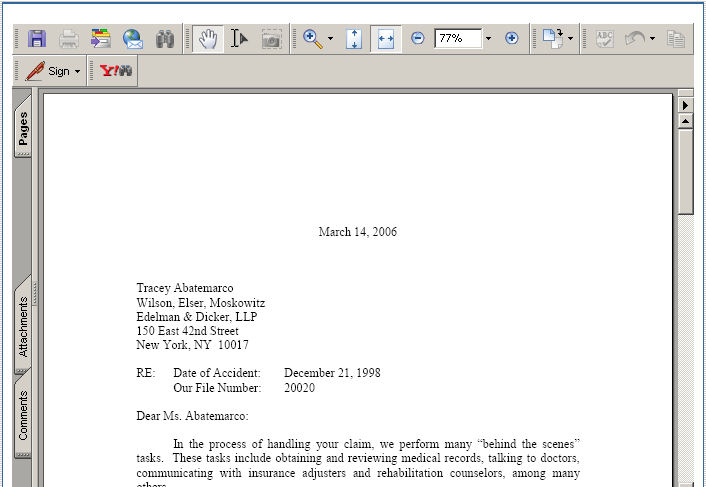
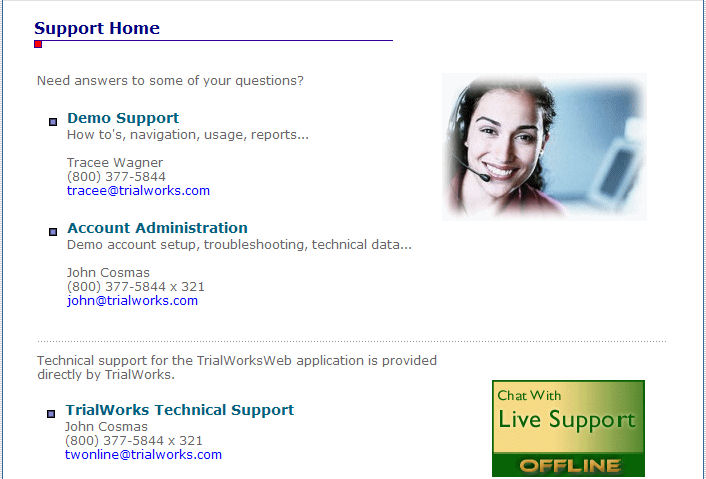
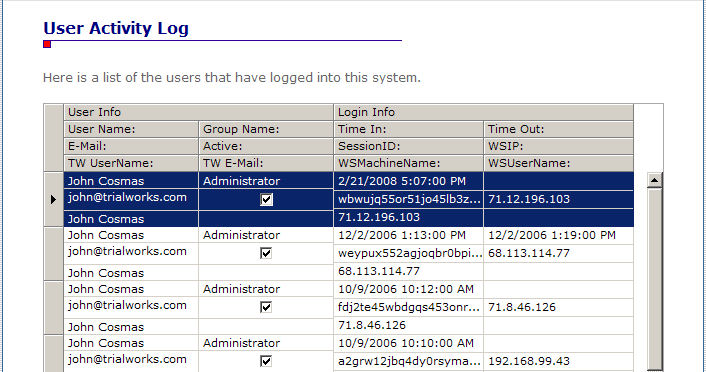
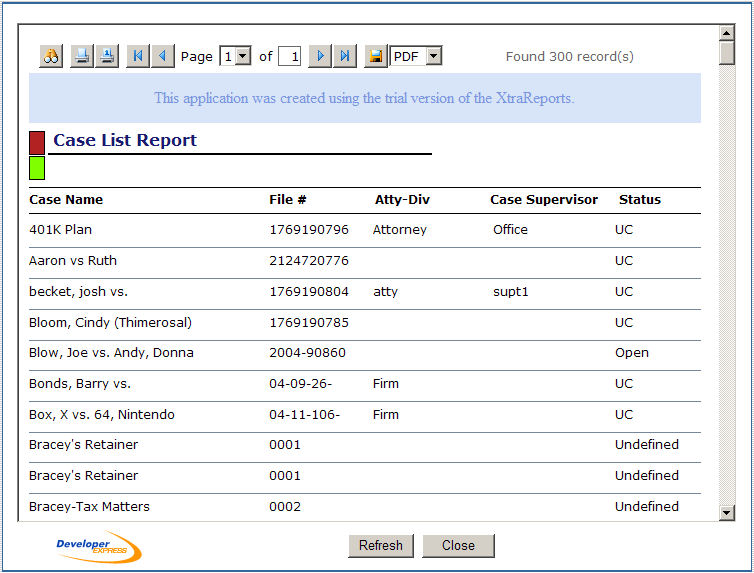
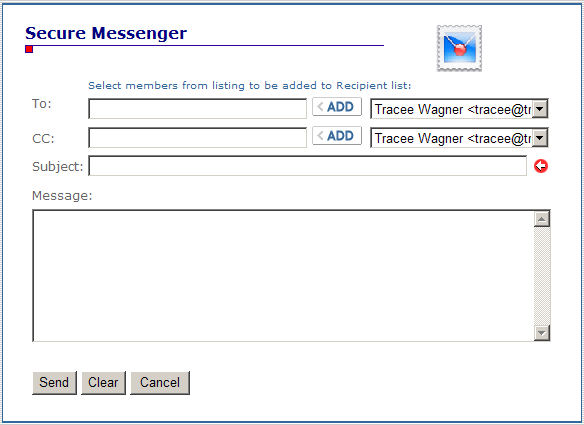
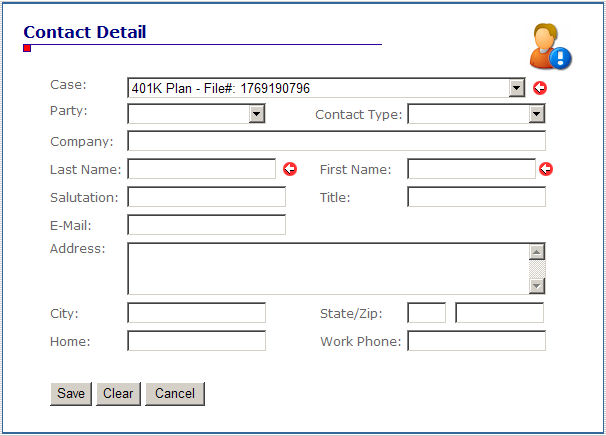

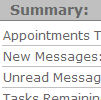
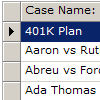

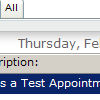
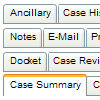
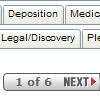
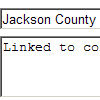
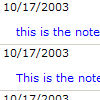
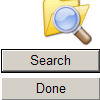

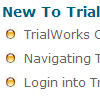
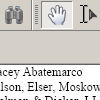

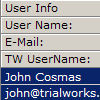
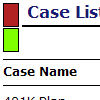
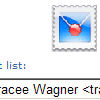
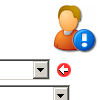
 Lawex
Corporation
Lawex
Corporation








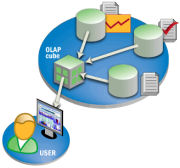

 Code named TWTIMESLIPS, this program allowed an interface
between TrialWorks and the most popular time-keeper application
known as TIMESLIPS. Designed in VB.NET, the application
would exchange job logs between applications so that expenses
may be calculated. The difficulty was overcome by using
the proper version of dBase drivers to interface with the
Paradox database used by TIMESLIPS. Features include:
Code named TWTIMESLIPS, this program allowed an interface
between TrialWorks and the most popular time-keeper application
known as TIMESLIPS. Designed in VB.NET, the application
would exchange job logs between applications so that expenses
may be calculated. The difficulty was overcome by using
the proper version of dBase drivers to interface with the
Paradox database used by TIMESLIPS. Features include:
